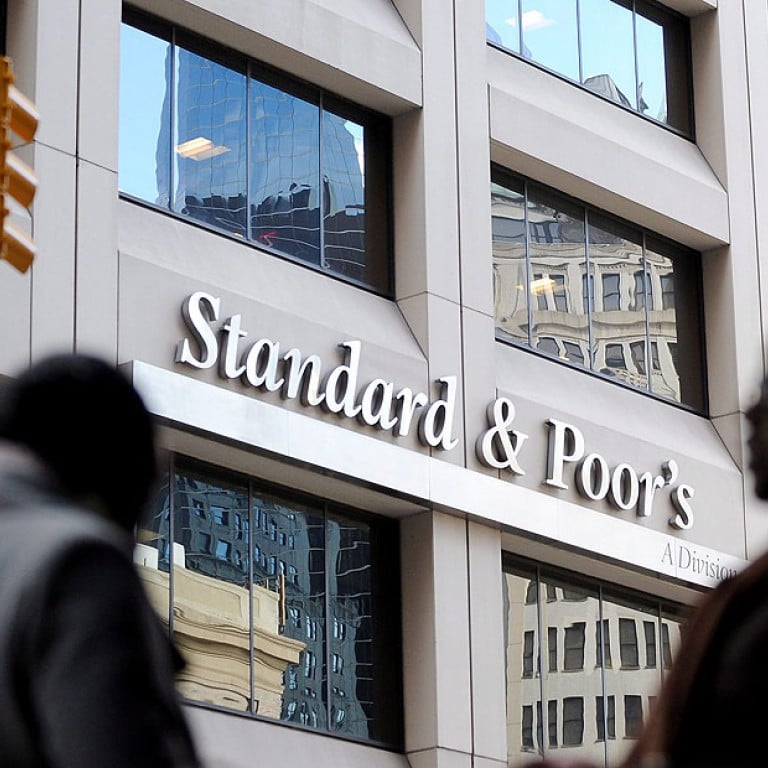
Standard & Poor’s hikes Ireland’s credit rating, maintains negative outlook for Italy
Ireland's recovering economy continues to impress economic analysts as ratings agency upgrades assessment and predicts further improvement, while Italy languishes in negativity
Standard & Poor’s on Friday revised up Ireland’s sovereign credit rating to ‘A-’ with a positive outlook from its previous ‘BBB+’ assessment, citing the eurozone member’s improved domestic prospects.
In contrast, the ratings agency held Italy’s credit rating at ‘BBB’, which is two notches above junk level, and maintained its negative outlook.
“The upgrade reflects our view of the brightening prospects for Ireland’s domestic economy, which we expect to underpin further improvements in the government’s financial profile, capital markets access, and financial system asset quality,” S&P said in a statement.
The agency also ramped up its 2014-2016 average gross domestic product (GDP) growth projections for Ireland to 2.7 per cent from 2.0 per cent previously.
“We believe the domestic recovery is broadening and has gathered pace in the first quarter of this year,” S&P added.
“Full-time employment grew by 2.3 per cent from the 2013 March quarter to the 2014 March quarter, with the unemployment rate estimated to have declined to 11.8 per cent in May this year, the lowest since April 2009.”
The move was welcomed by Irish Finance Minister Michael Noonan, who said he was “confident that we are moving in the right direction”.
“This upgrade to A- is a very positive development [and] will further drive down bond yields and attract further investment in Ireland,” he added.
S&P was encouraged by the economic and financial progress being made in Ireland, which exited a tough three-year EU-IMF bailout programme in December last year.
Ireland’s net general government debt was forecast to peak at 127 per cent of GDP last year, and to fall to 112 per cent by 2017.
“We also link our expectation of improving budgetary performance to strengthening domestic economic conditions, as well as Ireland’s track record of meeting its stated fiscal goals since entering into an EU-IMF programme in 2011,” S&P said.
It added: “In 2014, we expect the general government deficit to be about 5.1 per cent of GDP, on the back of spending control and, to a lesser extent, out-performance of tax receipts.”
S&P added that foreign direct investment (FDI) in Ireland was expected to boost the nation’s economic growth between this year and 2016.
In 2013 alone, Ireland attracted FDI inflows totalling 26.7 billion euros, or 16 per cent of GDP, according to the agency.
Ireland exited the three-year bailout programme of the International Monetary Fund and European Union in December. The loan deal had been necessitated by a banking crash and the implosion of the housing market in 2010.
Under the programme, the government was pressed to implement austerity measures to shore up its finances.
Following its bailout exit, Dublin returned to commercial debt markets for funding in January this year.
